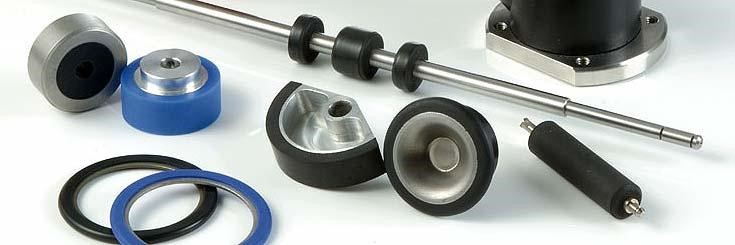Fixing metal to metal is something that mankind has been doing for hundreds of years. Traditional methods like welding, solder, rivets and bolts are still in common use, but today there’s often a need to bond metal to other materials as well and that’s where the use of a metal bonding adhesive has revolutionised things.
Metal to Glass
In manufacturing and building situations it’s become an increasingly common requirement to bond metal to glass. This is always a tricky problem as glass not only has a very smooth surface, but it’s porous and it’s affected by temperature as well.
To achieve a metal to glass bond successfully you need an adhesive that’s designed for the job. This usually means it will have no solvent content and will be unaffected by exposure to ultraviolet light.
Metal to Plastic
Sticking metal to plastic is another tricky problem. Many manufactured items today are made of a mixture of metal and plastic. Joining them together can prove difficult, especially in repair situations where it may be hard to reattach plastic components resulting in the scrapping of a sub-assembly or entire product.
Part of the problem is that plastic is flexible so you need to ensure that any adhesive used is able to cope with this so that the joint doesn’t break due to changes in temperature for example. Fortunately there are specialist products that are able to cope with these demands and create a solid bond and seal.
Construction Applications
The building industry often needs to attach metal to other materials. As well as being used for windows and doors, metal is increasingly used as a decorative trim material on many buildings. Plus of course more traditional applications like attaching lead flashing for example are common especially in restoring older buildings. Traditional adhesives used for this process are often messy and slow to cure, or they set too hard and cause problems with expansion. There’s also the problem of lead tarnishing when exposed to the elements and releasing compounds that can affect the adhesive. In the building industry hundreds and thousands of new homes are being built all the time and quicker then ever, so it’s important once the build is finished to check the quality. Most companies will use a pen and paper but it’s much better to have a Property inspection app to keep all the information recorded and saved. You can source these apps at sites including https://propertyinspect.com/.
However, there are modern alternatives that are able to successfully bond lead flashing to stone, tiles or brickwork. Thanks to their sophisticated formulation they can attach lead flashing to a range of other construction materials and create a durable bond.


